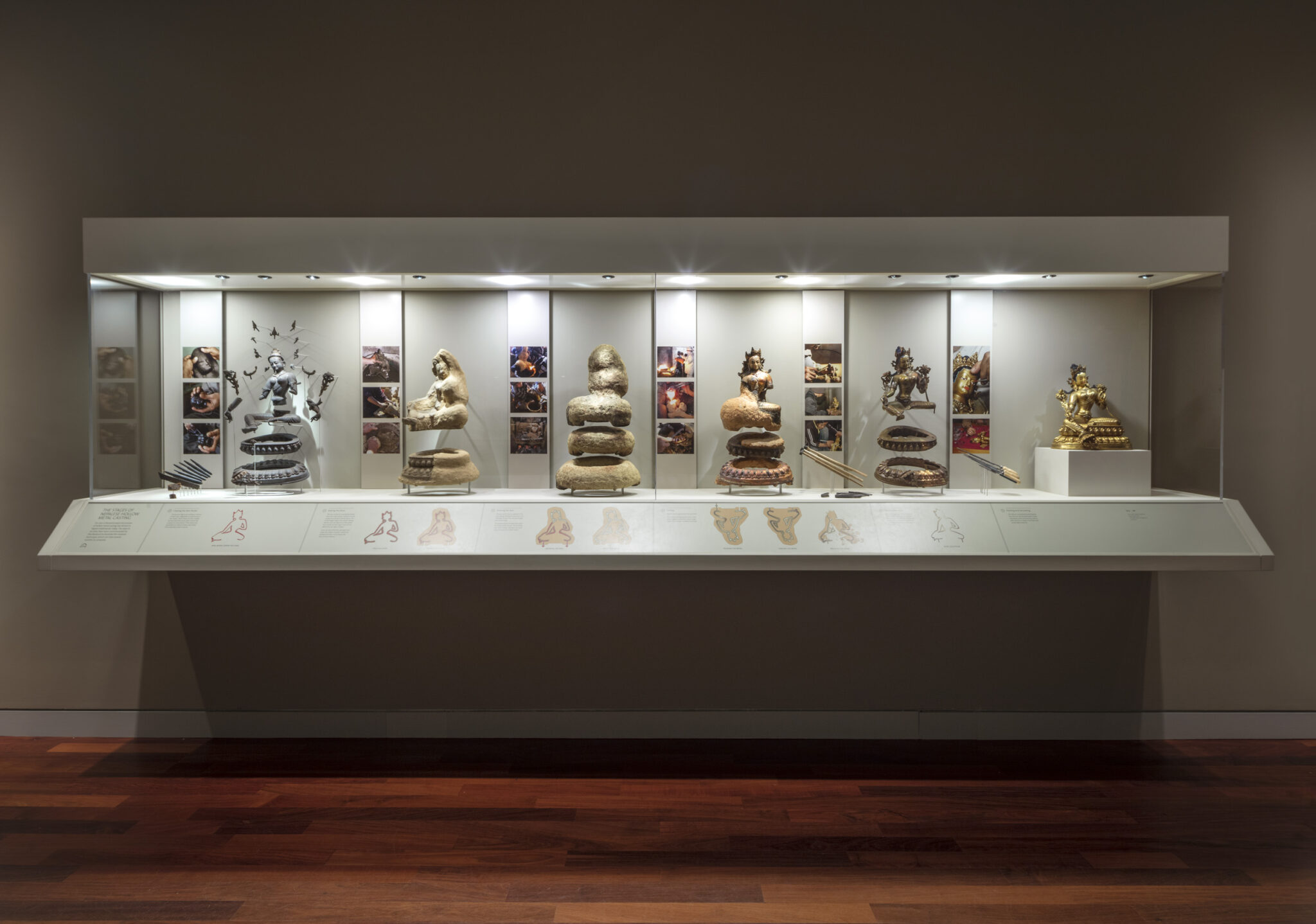Learn about the processes and methods for creating Himalayan art that were developed over centuries, refined through collaborative efforts of patrons and artists, and encompass all known traditional art making media. To make three-dimensional objects, artists sculpt and carve in clay, stone, and wood, cast images in the round, and hammer repoussé reliefs in metal.
Textile artisans produce images using the appliqué technique, embroidery, and silk weaving and follow the same rules of proportion as the painters of two-dimensional works. Ordinary people also create objects, such as plaques made from molds using clay, and employ woodblocks to imprint images on cloth or paper to make prayer flags, amulets, and texts. Skilled painters create hanging scrolls called thangka using mineral pigments on prepared cloth or silk canvases.
-
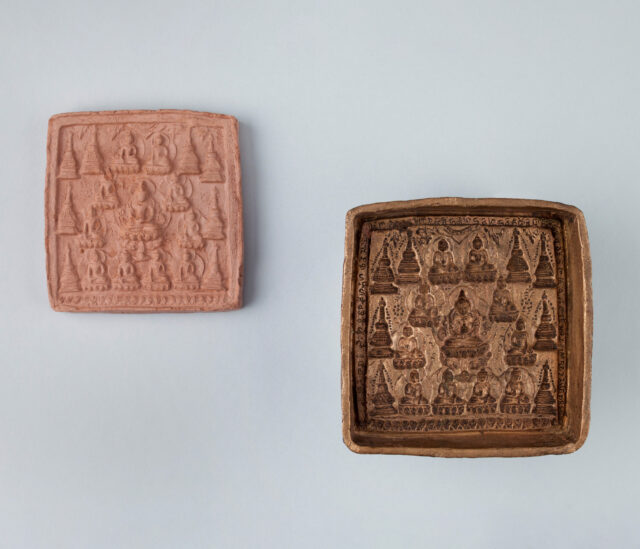 Creating in ClayRead more
Creating in ClayRead moreUnfired clay remains the most commonly used material for sculpture in the Himalayas, from large statues to small tsatsas.
-
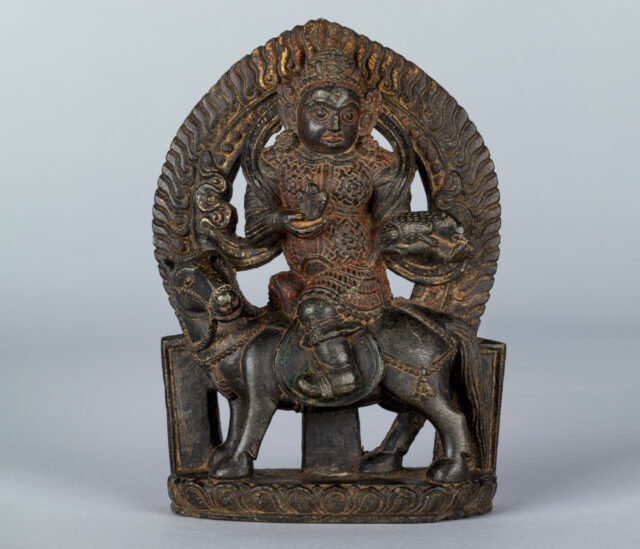 Carving in Stone and WoodRead more
Carving in Stone and WoodRead moreStone and wood are used by artisans to create three-dimensional images in Himalayan cultural regions.
-
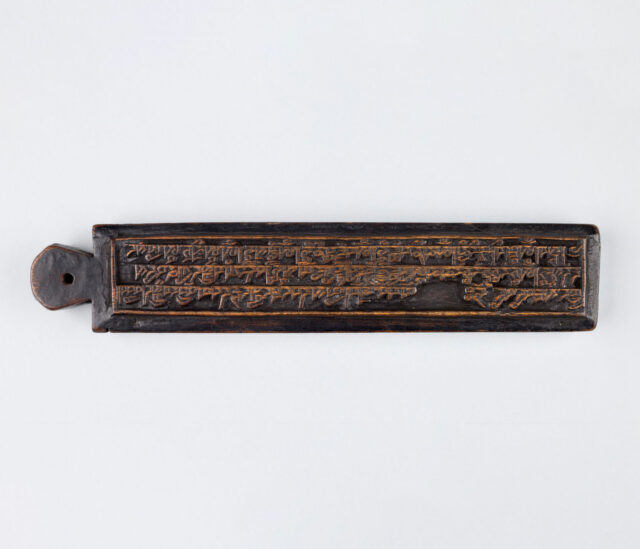 Woodblock PrintingRead more
Woodblock PrintingRead moreThe invention of printing can be directly connected to Buddhism and the need to reproduce religious texts and simple pictures of the Buddha.
-
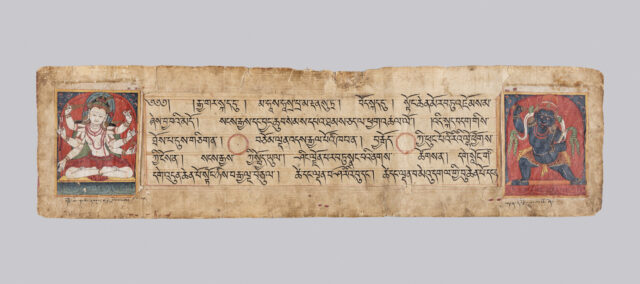 Using PaperRead more
Using PaperRead morePaper was used widely as a media for copying Buddhist texts and image making.
-
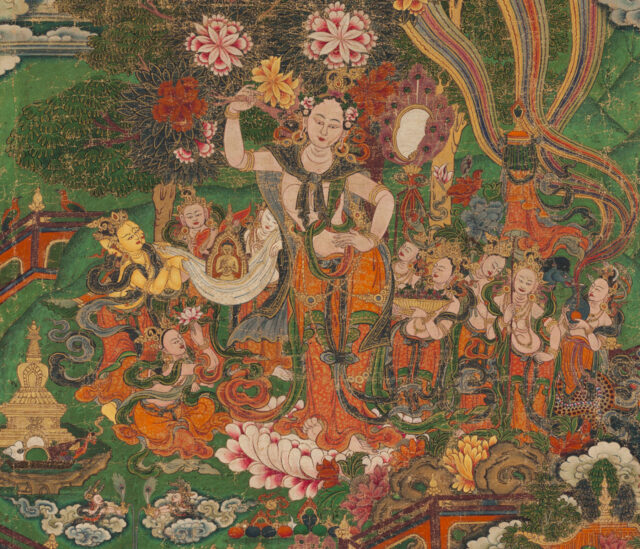 Painting on ClothRead more
Painting on ClothRead morePainting is the primary two-dimensional form for image making, but different media, such as woodblock prints and woven textiles, are also used to create similar compositions.
-
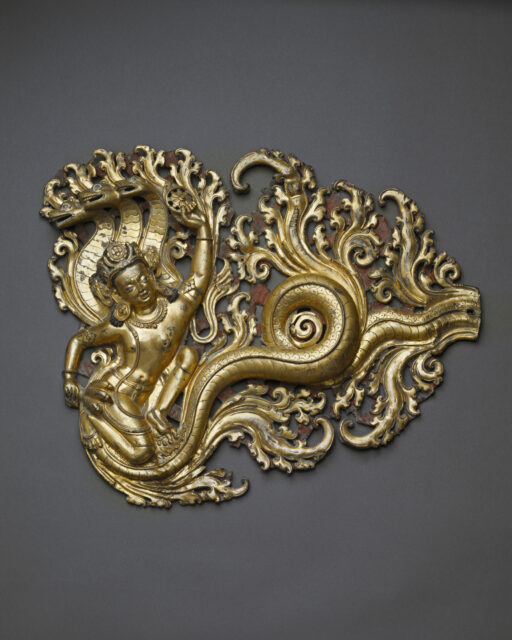 Casting and Shaping MetalRead more
Casting and Shaping MetalRead moreMetal has become the predominate medium for producing religious sculpture in the Himalayas, primarily by way of hollow or lost wax casting and embossing.
